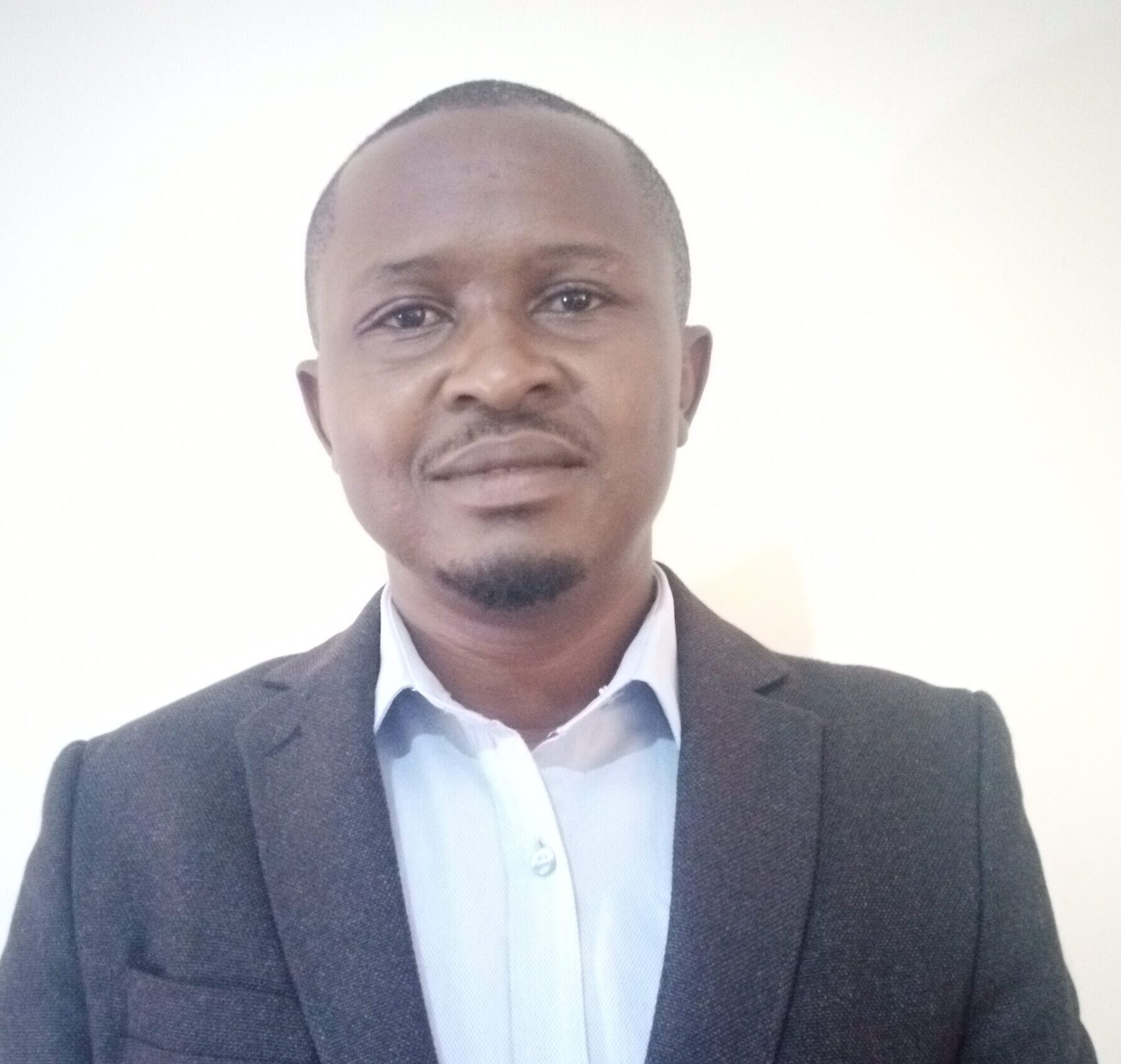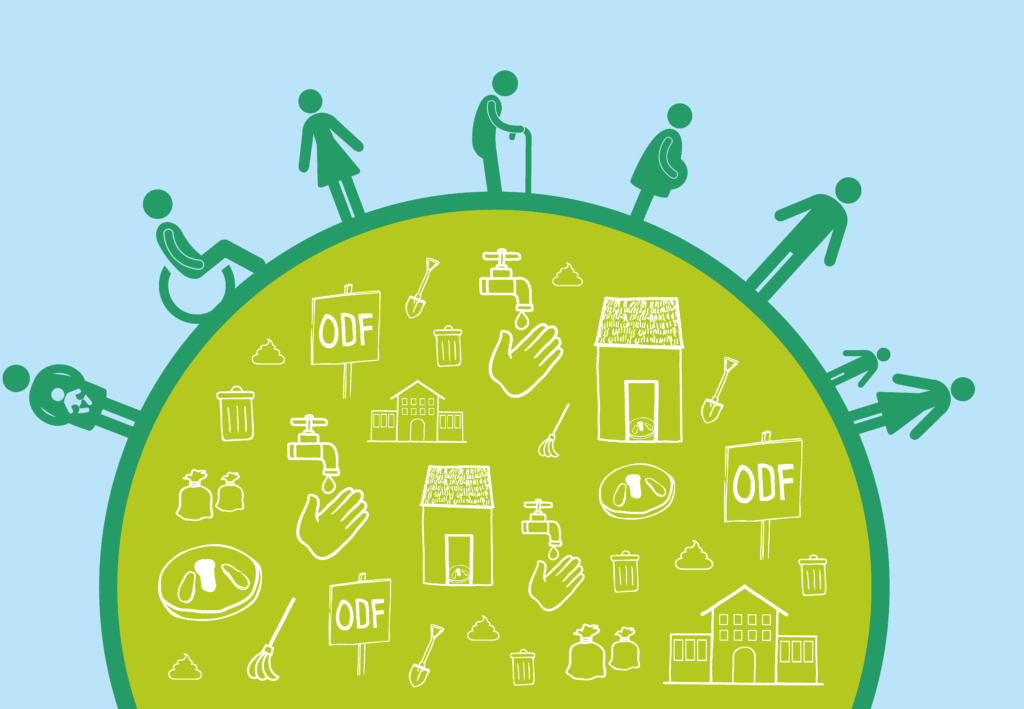In November 2022 the Sanitation Learning Hub (SLH) brought us together – Sam-Adejoh Okedi, Benjamin Masila, Paresh Chhajed-Picha – three sanitation financing experts, to create an up-to-date, diverse and relevant sanitation financing approaches resource collection for the SLH website. We have experience from different regions (South Asia, East Africa and West Africa) which also made this a great networking and learning opportunity.
This blog presents the 15 resources that we recommend you read to have a well-rounded insight into sanitation financing approaches. We then present the process we used for identifying and selecting the resources, including our framework for defining sanitation financing approaches, and highlights from our discussions on the current state of sanitation financing.
Collection
- WASH Financing: Challenges and Solutions
- Developing WASH Finance Strategies: A Guide
- Financing On-Site Sanitation for the Poor: A Six-Country Comparative Review and Analysis
- Webinar: Catalysing sustainable futures for sanitation? Innovative financing and planning tools
- Making Toilets More Affordable for the Poor Through Microfinance
- Promoting Choice: Smart Finance for Rural Sanitation Development
- Financing sanitation for cities and towns
- Webinar: Applying innovative finance to urban sanitation
- Mobilizing finance for WASH: getting the foundation right
- An assessment of sanitation financing options for enterprises and households. Addis Ababa.
- Free course: Finance for sustainable WASH systems
- Deepening financial inclusion: the potential role of micro insurance in driving sanitation
- The essence of public and private funding for sanitation
- Strengthening Municipal Finance for Sustainable Sanitation Service Delivery in Small Towns of South Asia
- Financing Sanitation in Sub-Sahara Africa: Methodological Guide
Process
Over two weeks the three of us met online five times, first to develop a common understanding and expectation of the assignment based on the terms of reference, and then build consensus on the direction to proceed. The later meetings focused on discussing each other’s resource selections and then independently rating them.
In the very first meeting, we identified various themes that could guide us to identify resources which could then be discussed. The themes (listed in the table below) were based purely on the team’s extensive experience rather than on existing literature.
Purpose of expenditure
- Capital expenditure (could be drilled down to components of the service chain)
- Operational expenditure
- Soft components like planning, creating an enabling environment, capacity building, etc.
Source of finance
- Government
- Private
- Aid
- Households/consumers
Innovative mechanism
- Municipal bonds
- Output-based aid
- Performance-based contracts
Region
- Urban
- Rural
- Peri-urban
Other
- Challenges of financing
- Calculation of financial needs
- Literature review
Guided by this table we each identified ten resources covering the range of issues. Then individually we rated all the resources into three categories, A, B, and C, with A as the most preferred and C as least preferred. At the end of the ranking exercise, the 15 resources with the highest cumulative preference were discussed. Each of us also had an opportunity to voice if any other resource they felt was important but not included in the list.
Below is a summary of the key questions and issues covered in our discussions.
What is the current state of sanitation financing approaches?
Sanitation is underfunded
The latest Joint Monitoring Programme (JMP) annual report has estimated that about 3.7 billion people still need access to safely managed sanitation services. This is down from about 4.2 billion as at the last quoted figures. Progress? Yes, but sanitation is still a global challenge.
To achieve universal sanitation, as covered in target 6.2 of the Sustainable Development Goals (SDGs), one important piece of information to know is what expenditure is required to achieve it: how much is needed, where it is needed, and when it is needed. At the beginning of the SDG period, a cost study that included WASH targets 6.1 and 6.2 was published by the World Bank – it found that sanitation accounted for 60 percent of the US$ 114 billion annual costs needed to achieve WASH targets 6.1 and 6.2.
The current estimated annual costs from 2017 to 2030, are US$ 105 billion to meet the sanitation component of SDG target 6.2, accounted for by US$ 36 billion for basic sanitation and an additional US$ 69 billion for safely managed sanitation. To eliminate open defecation, the first-time capital costs are US$ 1.5 billion annually with significantly greater capital replacement costs of US$ 3.9 billion annually.
Sub-Saharan Africa (SSA) in particular, is still very challenged with poor funding, poor infrastructures, inadequate investments, and climate fragility among other things, affecting the progress to Safely Managed Sanitation Services.
Globally, most countries have national WASH plans, but many do not have the financial resources allocated to implement them. To address this funding gap, amongst other things, governments need to support innovative financing approaches designed to increase people’s ability to pay for improved sanitation and hygiene facilities and services.
Inclusive approaches are vital
Sanitation financing has for a long time remained the preserve of national governments in partnership with multilateral donor entities due to the capital-intensive nature of the associated investments. This meant that the focus has mainly on the engineering aspects of the discipline.
In recent years however, the need for incorporating behavior change, human centered design and community involvement has demanded that the people for whom the solutions are being designed and implemented be at the center of sanitation programming, if any of the solutions are to be sustainable. This has allowed initiatives that incorporate Village Savings and Loans approaches, Savings and Cooperative Societies and cash transfers to be utilized as approaches to sanitation financing. With Community-Led Total Sanitation (CLTS) focusing on households and communities that are more empowered to take, lead and sustain sanitation change, this has presented an opportunity for innovative sanitation financing approaches that focus on systems strengthening.
With the increased opportunities for learning, knowledge exchange and sharing of success stories through global WASH focused conferences and platforms such as the World Water Week, World Water Day and the World Water Forum among many others, practitioners, decision-makers, local community opinion leaders and sanitation champions have an unprecedented opportunity to interact and learn from each other, for the betterment of the sector.
Why did you pick the resources you did?
Meet target audience needs
We choose different types of resources to cater for different target audiences: they are for the global south targeting policymakers (recognising different levels of government), practitioners, researchers, and donors. We also endeavoured to select resources with differing geographical focus and to prioritise lead authors from the global south.
Diverse types of materials
We wanted to present a wide array of resources, without limiting ourselves to studies or research papers. The selected resources include tools and guidance notes, reports, case studies, journal articles, policy, and learning briefs, audio-visuals of relevant discussion held at leading conferences, and online open access courses. They are recent, relevant, readable, and practical.
Address gaps in knowledge
The selection was guided by our knowledge of where the sector is and the current gaps encountered in our fieldwork experience. They all focus on reaching the rural and urban poor with various financing mechanisms. They reflect community perspectives, and some have innovative ideas. There are new ideas, especially in terms of the cost of sanitation like the ‘CACTUS’ Project.
Most of the selected resources focus on innovative financing mechanisms for safely managed sanitation services (SMSS), urban sanitation, sanitation in slums, and/or sanitation for the poor and rural areas. Interestingly there are some good materials on citywide inclusive sanitation (CWIS), especially sustainable financing as one of the key service functions to meet the desired outcome objectives.
Differences of opinion?
Between the three of us there was a general agreement that sanitation on its own has not gained the required momentum, and the bulk of resources combine sanitation with water.
We all believed that the sanitation sector is challenged and needs a bigger share of the pie plus improved effectiveness and efficiency, the need for equity and need to reach low-income households, the poor, people with disabilities, gender and equity considerations among other.
We also agree that government and aid financing is inadequate and needs to be leveraged to attract private investments.
What are the big gaps in knowledge that need attention?
Efforts are needed to document and share what has worked in sanitation generally and specifically in sanitation financing.
So much information is out there that needs to be contextualized and adopted. Lessons need to be drawn from other sectors such as water, electricity, for example, as well as from different geographical contexts.
The role of advocacy, capacity building, and the place of accountability are all in the developing stages. These need to be nurtured and learning shared.
Strategising at the sub-national level (city and province), and documenting what works needs to be done. Currently, within the sector, a lot of focus is at the national level and the household level.
Financing for operations is getting attention, financing soft components like the planning process, capacity development, awareness generation, etc. is not discussed in any resource. Research is also needed to measure efficacy of expenditure on soft components.











